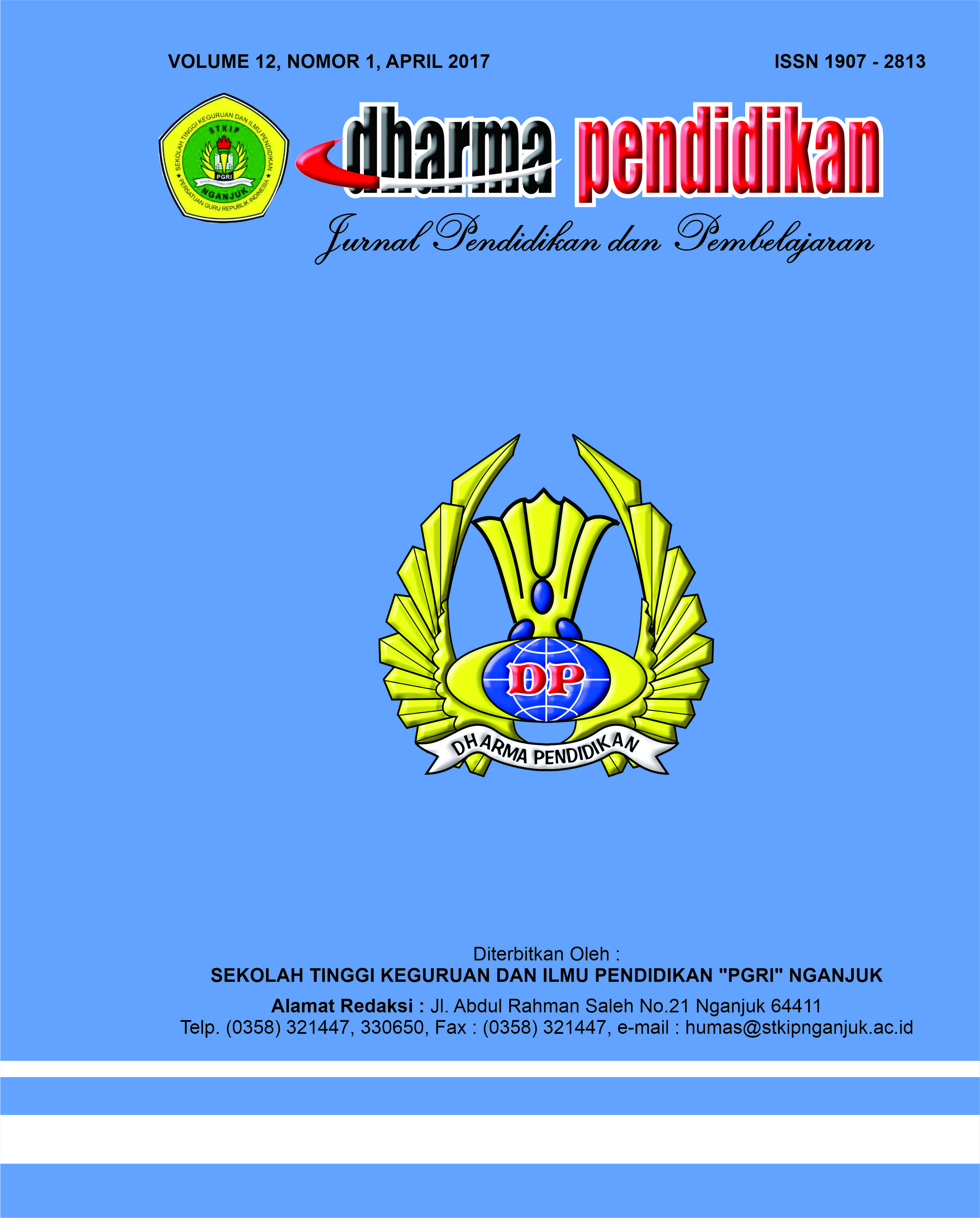Implementing Exchange Formation Activity to Improve Students’ Speaking Ability
DOI:
https://doi.org/10.69866/dp.v12i1.23Keywords:
Exchange Formation Activity, Improve, Speaking AbilityAbstract
The goal of English English teaching especially especially speaking skill in the classroom is to stimulatestudents to express their ideas in the target language. Since the most important thing in speaking skill is how to make the listener understands the speaker‟s message, Exchange Formation Activity can be used to improve students‟ speaking ability. This is because this method can be applied for teaching speakingeffectivelyin several ways. In teaching speaking, lecturers who teach English should make sure that the instructionsof the speaking material are related to the students‟ real life environment. Thus, the students can connect their speaking practice toexperiences in their daily activities.Thisstudy focused on the leacturer‟s teaching process(English class management and teaching method) and employed CAR research design.Thedata for this study are acquired from evaluation and observation. There were several evaluations included; they werepre-test, treatment on cycle I and II, and post-test. The aim of the activities was to know whether the students improved their learning or their learning became less effective afer treatment. The results showed thatthe average score for students‟ pre-test was 66.5. The result of the first treatment was 62, the second treatment was 85, and the post test was 88. The students‟post test‟smean score was 88. In conclusion after being treated using Exchange Formation Activity,thestudents‟ speaking abilitywassuccessfully improved which was shown by the final mean score 88 in the post test.
Downloads
References
Baw, S.S.2002.Transforming the Whole Class Into Gossiping Groups. English Teaching Forum. Thailand.
Chinh, S.H.2009. EFL Children’s View on English Picture Story Books.Assian EFL Journal. Volume 11, Issue 4.
Englander, K.2002.Real Life Problem Solving: a Collaborative Learning Activities. English Teaching Forum. Mexico.
Kim, Y and Petraki, E. 2009.Students’ and Teachers’ Use of an Attitude to L1 in the EFL Classroom.Assian EFL Journal. Volume 11, Issue 4.
Latief, M.A. 2013. Research Methods on Language Learning: An Introduction. Malang: UM Press.
Savignon, J.S.2002. Communicative Curriculum Design for 21 Century.English Teaching Forum. United States.
Tang, J. 2002. Using L1 in the English Classroom.English Teaching Forum. China.
Downloads
Published
How to Cite
Issue
Section
License
Copyright (c) 2021 Caltira Rosiana

This work is licensed under a Creative Commons Attribution-ShareAlike 4.0 International License.
1. Hak cipta atas artikel apa pun dipegang oleh penulisnya.
2. Penulis memberikan jurnal, hak publikasi pertama dengan karya yang dilisensikan secara bersamaan di bawah Lisensi Atribusi Creative Commons yang memungkinkan orang lain untuk membagikan karya dengan pengakuan atas kepenulisan dan publikasi awal karya tersebut dalam jurnal ini.
3. Penulis dapat membuat pengaturan kontrak tambahan yang terpisah untuk distribusi non-eksklusif dari versi jurnal yang diterbitkan dari karya tersebut (misalnya, mempostingnya ke repositori institusional atau menerbitkannya dalam sebuah buku), dengan pengakuan dari publikasi awalnya di jurnal ini.
4. Penulis diizinkan dan didorong untuk memposting karya mereka secara online (misalnya, di repositori institusional atau di situs web mereka) sebelum dan selama proses pengiriman, karena hal itu dapat mengarah pada pertukaran yang produktif, serta kutipan yang lebih awal dan lebih besar dari karya yang diterbitkan.
5. Artikel dan materi terkait yang diterbitkan didistribusikan di bawah Lisensi Internasional Creative Commons Attribution-ShareAlike 4.0









.png)




